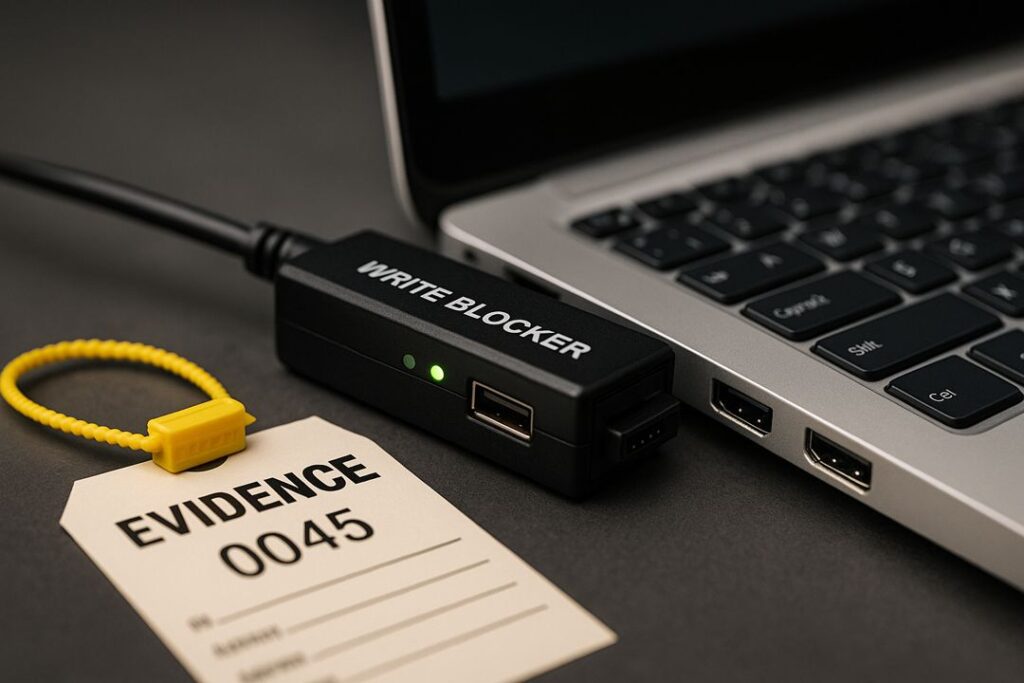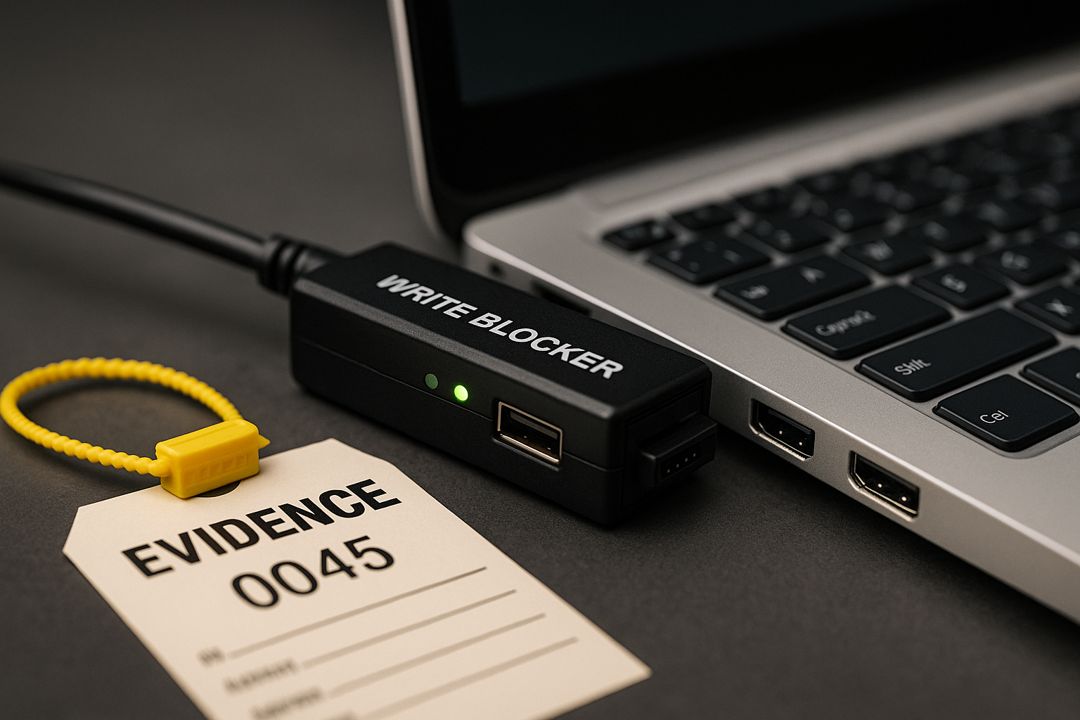Digital forensics meets privacy: be ‘forensic-ready’
Deletion is a user action; destruction is a process.
Devices, cloud drives, messaging apps, logs, and access trails keep speaking after people stop typing.
The challenge is balancing evidence integrity with lawful, ethical handling under privacy requirements.
A forensic-ready organisation agrees—before any matter arises—on:
- Data retention periods that make sense for risk;
- Lawful authority and thresholds for collection;
- Chain-of-custody procedures;
- A communication protocol that protects dignity while preserving truth.
Also, widen your aperture: endpoint telemetry, email header analysis, and timeline reconstruction often resolve messy “he said, she said” disputes faster than opinion-swapping.
Ask yourself: if we had to collect and review a terabyte tomorrow, could we do it without contaminating the evidence or breaching privacy?
Readiness is cheaper than improvisation; ethics designed in advance is stronger than ethics declared under pressure.



